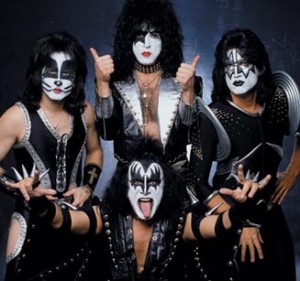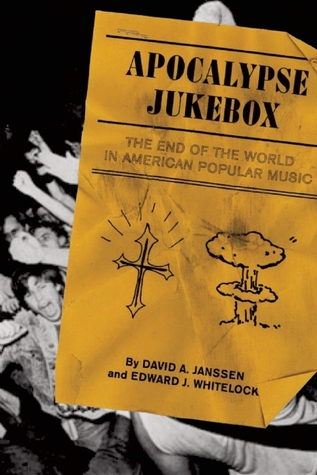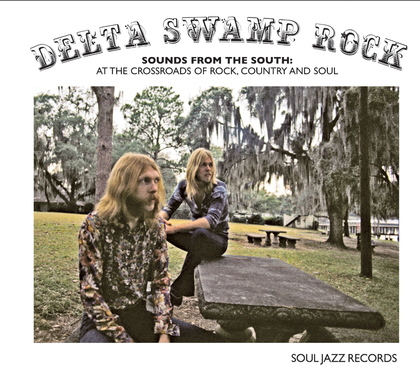I hate to be the one to burst Noah Berlatsky’s bubble but Gene Simmons is right: rock is dead. But it’s not dead for the reasons Simmons thinks it is. In the original Esquire interview, Simmons bemoans the changes in the record industry and scolds the entitled fans who ruined the support system that used to exist for rock bands. What he overlooks is the record industry greed that got us there.
In the late 1990s-early 2000s, the record industry was taken to court for price-fixing and to jack up the price of compact discs. They lost. To a lot of music fans, that was 2-3 hours of their burger flipping that went to pay for corporate’s hookers and blow, rather than to the musicians they loved and thought they were supporting. Artists like the Goo Goo Dolls had to embark on endless tours to pay back their record companies “support system.” Or they could take the TLC route and just file bankruptcy. Add to this, record companies themselves are no longer record companies: buyouts and mergers have turned record companies into just another arm of a corporate revenue stream. What little attempt these companies ever made at producing any semblance of “authentic art” ended long ago.
The most obvious sign of this lack of authenticity is the obsession with signing adorable morons before they’ve finished high school. It makes for more malleable performers. Thanks to Autotune, it doesn’t even matter that they can carry a tune. In this musical climate, nothing interesting is going to happen in the mainstream. Also, a singer or singing group singing to pre-recorded music is cheaper for a venue to book than a full band of people that like eating, and have to take time to set up and break down their gear. That cost consciousness has also led to the rise of the DJ. Not only is paying one or two people less expensive than a band, but it’s also easier to book them for several appearances at a venue. If anything has killed rock music (people playing instruments in bands), then it’s because EDM and dumb pop music are simply more cost effective to make and sell.
This isn’t the first time music has seen such a transition. After World War II, bop quartets started to push out full swing bands consisting of around a dozen people because smaller clubs couldn’t afford the bigger acts. More intimately minded artists like Miles Davis flourished in that atmosphere, while the bigger bands either pared down, like Benny Goodman, or ceased touring for a while, like Duke Ellington.
But what of the proverbial bedroom artists? People who still write songs and play an instrument? Do they even exist anymore? As Berlatsky points out, YouTube tells us they do. I suppose the best of them can hopefully sign to a genuinely independent label and flourish that way. But I suspect that many of these artists will mostly exist in a vacuum. It’s hard to say, because we’re in such a new place with this type of self-promotion.
What I do wonder, though, is how good these people can ever hope to get. I have two reasons for asking this: the first is that a generation of kids who have been given more anti-psychotic drugs than music lessons. The impetus to be interesting has been drugged and counseled out of them. If Bob Dylan was a kid now, he’d probably be given Ritalin instead of a guitar. It seems impossible to demand that this generation give us authentic musicians when it’s normal to deny them the privilege of being their authentic selves.
This line of questioning extends to the audience too. How can a generation who have been drugged into submission ever learn to appreciate an artist who calls out the bullshit in the world? Because that is the spirit of not just rock ‘n roll, but of great art. I mean, it’s not the only thing, but it can be a substantially more interesting starting point being another sparkly, dancing kid on Nickelodeon. And this is probably what scares me more than anything about the death of rock ‘n roll: that we’ve reached a point, culturally, where there’s no room for honesty or rebellion. So much of what we consume, not just in music, but in movies and television, has little room for anything that hasn’t been already designed and pre-approved by a committee.
Rock ‘n roll has had a good 50 year run or so, and by the time Gene Simmons’ kids are grandparents, it will be like jazz is to our generation. It will still exist in some pockets of the music world, among serious music fans taking themselves very seriously, but it will continue to move farther and farther out of the mainstream. And hip-hop will be on the chopping block very soon.



